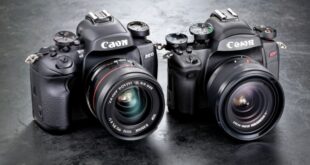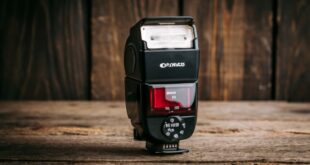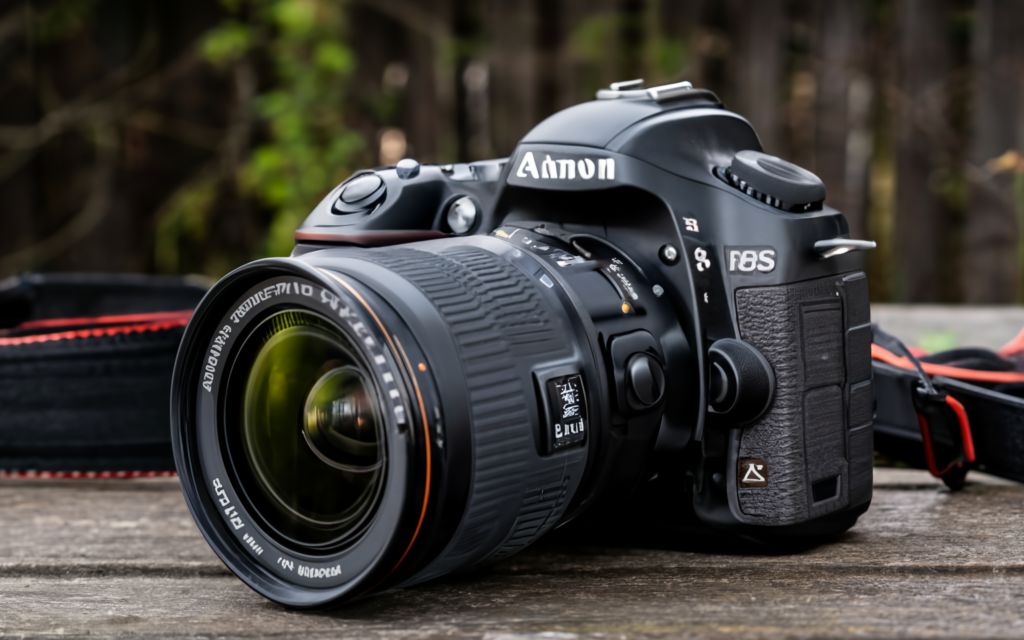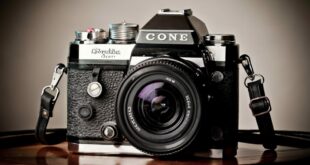Introduction
Welcome to our guide on using a DSLR camera! Whether you are a professional photographer or an amateur enthusiast, understanding the ins and outs of DSLR cameras is essential for capturing stunning photographs. In this article, we will explore the various aspects of using a DSLR camera, from its advantages to potential drawbacks, and provide you with a comprehensive understanding of this powerful tool. So sit back, relax, and let’s dive into the world of DSLR photography!
The Advantages of Using a DSLR Camera
📷 Superior Image Quality: DSLR cameras are equipped with larger image sensors, allowing them to capture more detail, depth, and produce high-resolution photographs.
📷 Manual Control: DSLR cameras offer full manual control over settings such as aperture, shutter speed, and ISO, giving photographers complete creative freedom.
📷 Versatility: With interchangeable lenses and a wide range of accessories available, DSLR cameras can adapt to various shooting situations and cater to different photography genres.
📷 Optics and Autofocus: DSLR cameras utilize advanced autofocus systems and high-quality optics, resulting in fast and accurate focus, especially in challenging lighting conditions.
📷 Burst Mode and Continuous Shooting: DSLR cameras excel in capturing fast-moving subjects, thanks to their ability to shoot in burst mode and maintain high frame rates.
📷 Wide Range of Lens Selection: One of the biggest advantages of using a DSLR camera is the extensive selection of lenses available, allowing photographers to achieve different perspectives, depths of field, and creative effects.
📷 Durability and Build Quality: DSLR cameras are built to withstand demanding conditions, making them ideal for outdoor and rugged photography.
The Disadvantages of Using a DSLR Camera
📷 Size and Weight: Compared to compact cameras or smartphone cameras, DSLRs are bulkier and heavier, making them less convenient for casual everyday use or travel photography.
📷 Learning Curve: Due to the advanced features and manual controls, mastering the art of DSLR photography requires time, effort, and a willingness to learn.
📷 Cost: DSLR cameras and their accompanying lenses can be more expensive than other camera options, making them a significant investment for aspiring photographers.
📷 Maintenance: DSLR cameras may require regular cleaning, sensor maintenance, and occasional professional servicing to ensure optimal performance.
📷 Noise and Mechanical Sounds: DSLRs can produce audible sounds during operation, which may be distracting in certain situations where silence is crucial.
📷 Limited Video Capabilities: While DSLR cameras can capture impressive videos, they may have limitations in terms of continuous autofocus, duration, and audio quality compared to dedicated video cameras.
📷 Bulkiness for Candid Photography: In situations where discreetness is required, such as street or documentary photography, the size and appearance of a DSLR camera may attract unwanted attention.
A Complete Guide to Using a DSLR Camera
| Topic | Details |
|---|---|
| Selecting the Right DSLR Camera | Consider your budget, photography needs, and desired features before making a purchasing decision. |
| The Basics: Camera Anatomy | Understand the different parts and functions of a DSLR camera, including buttons, dials, and ports. |
| Mastering Camera Settings | Learn how to adjust aperture, shutter speed, ISO, white balance, and other settings for optimal results. |
| Choosing the Right Lens | Discover the various types of lenses available and their suitability for different photography genres. |
| Understanding Exposure | Grasp the concept of exposure and how it affects the brightness and overall look of your photographs. |
| Capturing High-Quality Images | Explore techniques such as composition, focusing, depth of field, and utilizing natural light to enhance your photography. |
| Post-Processing and Editing | Learn how to enhance your photographs using software tools and techniques. |
Frequently Asked Questions (FAQ)
1. How do I choose the right DSLR camera for my needs?
Consider factors such as your budget, photography goals, desired features, and the camera’s compatibility with your existing equipment.
2. What are the essential accessories for DSLR photography?
Some essential accessories include additional lenses, filters, tripod, memory cards, camera bag, and a remote shutter release.
3. Are DSLR cameras suitable for beginners?
While DSLR cameras have advanced features, they can still be used by beginners. Consider starting with an entry-level model and gradually learn the various functions.
4. How do I clean the sensor of my DSLR camera?
Cleaning the sensor requires delicate handling. Refer to your camera’s user manual or seek professional assistance to avoid any damage.
5. Can I use DSLR lenses on mirrorless cameras?
With the help of lens adapters, some DSLR lenses can be used on mirrorless cameras. However, autofocus performance and other features may vary.
6. What are the advantages of shooting in RAW format?
RAW format preserves all the data captured by the camera sensor, providing greater flexibility in post-processing, especially for adjusting exposure, white balance, and recovering details.
7. How can I achieve a blurred background in my photographs?
To achieve a blurred background, use a wide aperture (low f-stop number), focal length, and proper subject-to-background distance.
8. What are the benefits of using manual mode?
Manual mode allows you to have full control over settings, enabling you to unleash your creativity and achieve precise exposure results.
9. How can I improve my landscape photography using a DSLR camera?
Consider using a wide-angle lens, utilizing a tripod, capturing during golden hour, and incorporating compelling foreground elements for stunning landscape shots.
10. What is the ideal ISO setting for low-light photography?
The ideal ISO setting depends on the specific lighting conditions. However, it is generally recommended to keep the ISO as low as possible to minimize noise in your images.
11. Can I use DSLR cameras for professional video production?
While DSLR cameras offer impressive video capabilities, dedicated video cameras tend to provide better continuous autofocus, audio quality, and recording duration.
12. How can I prolong the lifespan of my DSLR camera?
Regularly clean your camera, use a camera bag for protection, keep it away from extreme temperatures and humidity, and handle it with care.
13. How do I achieve sharp focus in my images?
Utilize autofocus points, focus on your subject’s eyes or the desired focal point, and adjust the focus manually if necessary.
Conclusion
After exploring the advantages and disadvantages of using a DSLR camera and delving into its various aspects, it is evident that this sophisticated tool offers unmatched versatility and superior image quality. While DSLRs require a learning curve and an investment, the results are worth it for those passionate about photography. So, grab your DSLR camera, experiment with different techniques and settings, and capture moments that will last a lifetime!
Closing Statement
Thank you for taking the time to read our comprehensive guide on using a DSLR camera. We hope it has provided you with valuable insights and knowledge to enhance your photography skills. Remember, practice and experimentation are key to mastering photography, so go out there and capture the world through the lens of your DSLR camera. Happy shooting!



